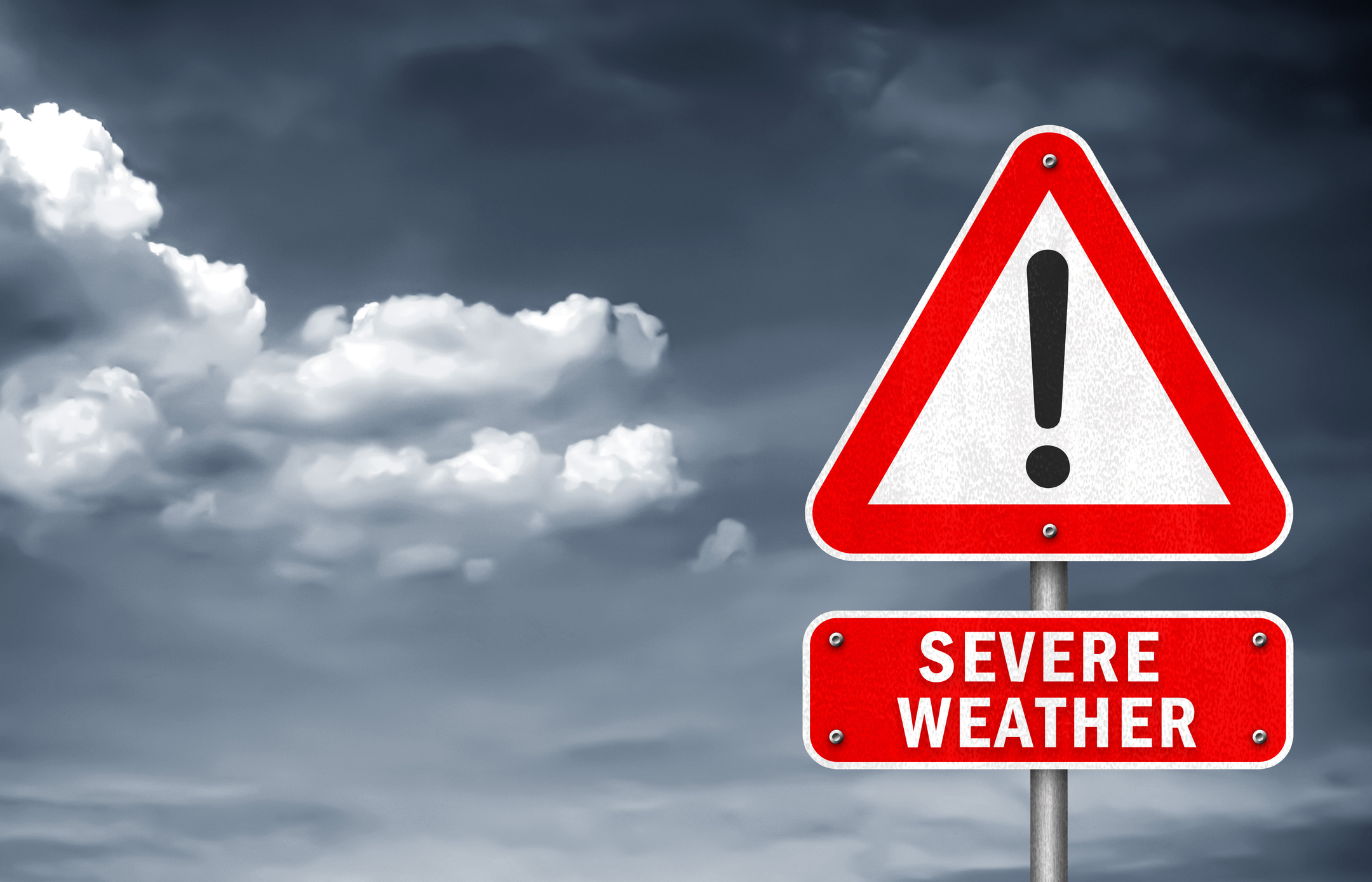With climate change set to raise the temperature of the planet dramatically, the frequency of natural disasters is increasing. The insurance industry is struggling to keep up with skyrocketing homeowners insurance claims. For example, drought conditions in California have caused an average of up to 7,000 wildfires per year, and some insurance companies have stopped accepting new policy applications in the state. Storms like Hurricane Ida caused major damage throughout New York and New Jersey. The Category 4 storm dumped record rainfall and winds of 111 mph on the city and caused dozens of deaths across the country.
Will the nonrenewal of policies in areas of extreme weather become a trend? Only time will tell, but it’s something to keep an eye on as we move into this hurricane season, which began at the beginning of this month and will run until Nov. 30.
Speaking of hurricane season: While this year, the National Oceanic and Atmospheric Administration reported that the country could see as many as nine major hurricanes this hurricane season—which is down slightly from the last seven consecutive “above average” hurricane seasons—recent trends have shown that hurricanes are becoming stronger and traveling further up the East Coast.
Other notable weather events
Earlier this month, Connecticut’s Gov. Ned Lamont submitted a request to the U.S. Department of Agriculture to seek a federal agriculture disaster declaration for all eight counties in Connecticut due to the significant damage to crops in farms across the state caused by sub-freezing temperatures and frost that occurred on May 18, 2023.
Warmer winter temperatures and warmer summer temperatures are affecting the maple syrup production in Vermont, which has reported this year’s production of the pancake staple is down 15% from last year.
In April, a severe rainstorm included up to 50 mph winds and covered parts of New Jersey with inches of water.
This February in New Hampshire a new record was set for wind chill when wind gusts reached up to 127 mph during a dangerous cold spell.
Regional preparation
Last year, an initiative by Mayor Eric Adams provided New York City residents with houses at high risk for flooding with free inflatable dams. The goal of the initiative was to mitigate an estimated $2.5 million in property damages for city residents.
Other factors
Record inflation has increased the costs of rebuilding homes and businesses, and while insurance companies are honoring existing policies, some may look to reduce risk however they can, including moratoriums on new policies for personal and business properties. With companies seeing huge losses, others have raised premiums or have reevaluated who is eligible for coverage.
In 2018, a single wildfire in California wiped out 11,000 homes—displacing nearly 50,000 people. In New York City, an estimated 8,000 homes remain vulnerable to floods and as climate change continues to make the planet warmer the trends of severe damage could continue.

Scott Finnegan
Scott Finnegan studied Classical Literature at Sarah Lawrence College and English Literature at UMass Boston. He worked as a news producer writing and producing local newscasts.





